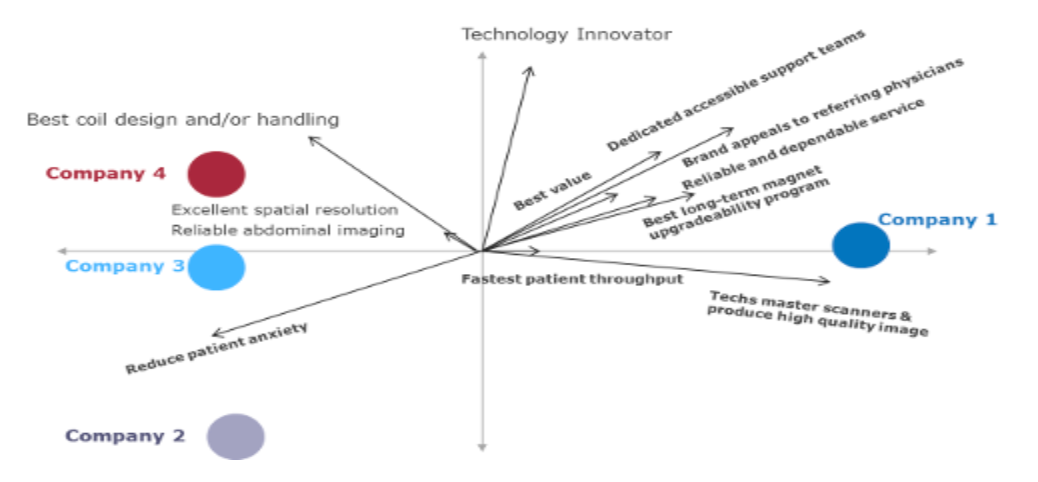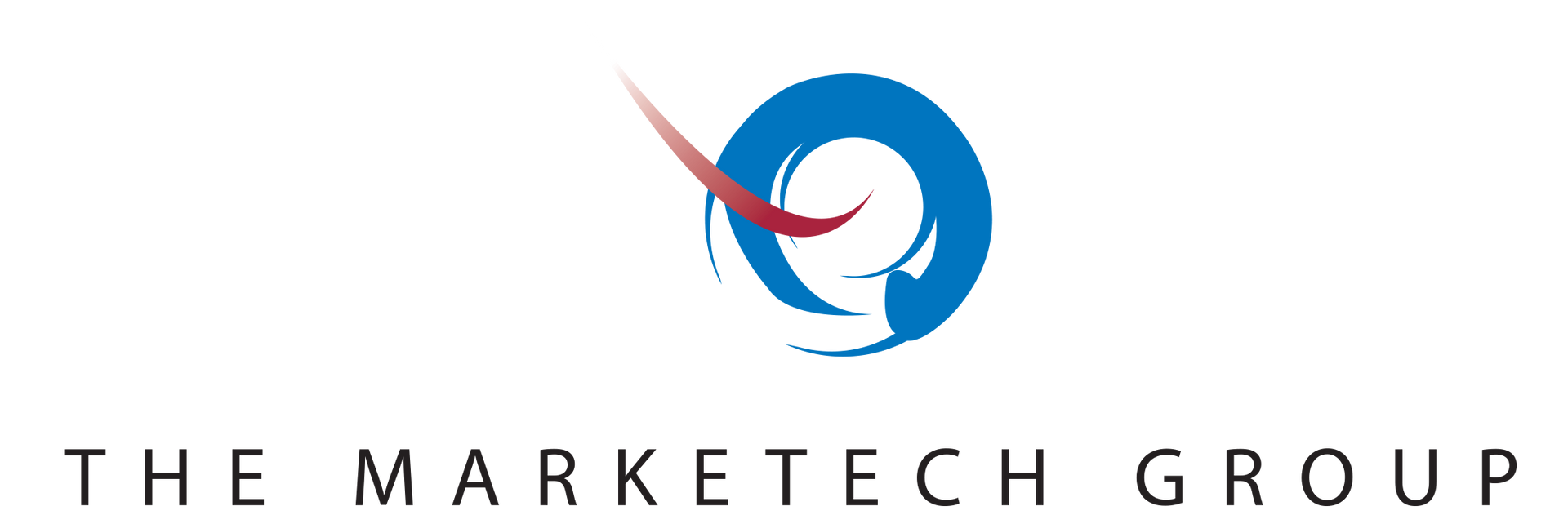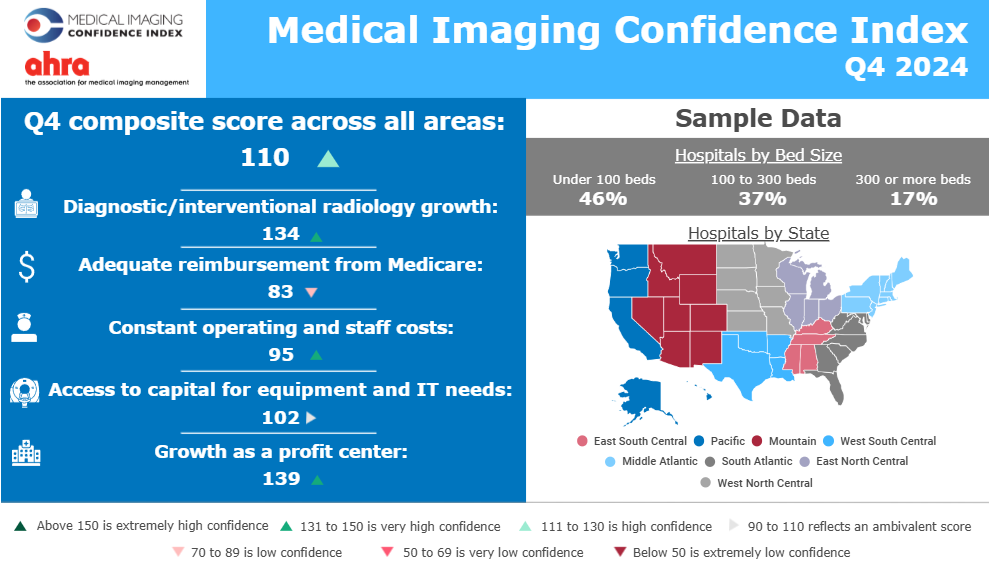Quantitative Medical Market Research
By enlisting The MarkeTech Group (TMTG), you will be partnering with leaders in pricing research for medical technologies. Our exclusive healthcare partnership with Strategic Marketing Decisions (SMD) provides you with the best-of-breed approach to pricing analysis. You will access decision models and pricing analytical techniques ranging from economic value analysis, price elasticity analysis, and demand/market model analysis for profit projections as a function of customer demand and price. You will benefit from our combined expertise in healthcare markets and pricing research.
Product Development Methodologies

An example of a Max Diff assessment.
How Data is Collected Using Advanced Quantitative Methodologies
At The MarkeTech Group, we utilize a range of quantitative methodologies specifically designed for the healthcare and Med-Tech industries to provide reliable and actionable insights. Our structured approach allows us to capture critical data that drives key business decisions.
Surveys, Conjoint Analysis, and Preference Simulation
We design detailed surveys that include conjoint analysis, a method that presents respondents with a series of product choice tasks. This approach helps us capture nuanced customer preferences by analyzing how they make trade-offs between product features and pricing. The data gathered from these conjoint tasks is then used within SimPRO™ to create dynamic product preference simulations.
With SimPRO™, we simulate market conditions and predict how different products and pricing strategies will perform. This integration of conjoint analysis and SimPRO™ ensures precise, data-driven decision-making, empowering you to prioritize features and strategies that resonate most with your target audience.
Advanced Analytical Tools
Our platform, vwPRO™, enables us to conduct thorough pricing sensitivity analysis and market share forecasting. These insights help you optimize pricing strategies and product positioning to maximize profitability and customer satisfaction.
Customer Perception and Behavior
Customer Segmentation Mapping
Using Cluster analysis, CART/CHAID and other Chi-square analytical techniques, customer behavioral segmentation studies become attractive and reliable. These marketing research studies are often guided by an initial qualitative segmentation exercise; quantitative customer segmentation allows you to focus on customers who are most likely to be interested in your products/services, less price sensitivity and to craft custom tailored messaging to appeal to each targeted segment.

Perceptual mapping
Using Discriminant analysis, Perceptual Mapping reveals key differences between your offerings and your competing brands on product and marketing factors that are important to your customers. Perceptual Mapping will help you focus your energy on changing customers’ perception through better marketing. Unlike other techniques, perceptual maps weigh the interaction of measured characteristics and provide a single snapshot chart that busy executives can quickly review.

Our Extensive Network of Healthcare Respondents and Specialized Panels
We ensure our data is gathered from the most relevant and knowledgeable sources through our vast network of healthcare professionals and decision-makers. This guarantees that our insights are not only precise but also highly relevant to real-world market needs
Insights are gathered from doctors, nurses, and clinical staff who use and recommend medical devices. Their feedback ensures products meet the demands of real-world healthcare environments.
C-Suite Executives
We engage high-level decision-makers such as CEOs, COOs, and CFOs, whose influence on product purchasing and adoption decisions helps align your strategies with the broader goals of healthcare organizations.
Procurement Managers
These key stakeholders are involved in product evaluation and purchasing. Their feedback provides crucial insights into pricing sensitivity, budget considerations, and decision-making criteria within healthcare facilities.
When relevant, we survey the individuals who directly interact with your products. This allows us to collect feedback on usability, effectiveness, and overall satisfaction, ensuring your products deliver real value to the end-user.
Cutting-Edge Tools Supporting Quantitative Research
Our proprietary tools are designed to meet the unique challenges of the Med-Tech industry, providing deep, data-driven insights for product development, pricing, and market positioning.
PROfilter™
This tool streamlines customer segmentation by analyzing behavioral data and preferences, helping your sales and marketing teams target the most relevant customer groups with tailored messaging and product offerings.
vwPRO™
Designed for pricing sensitivity analysis, vwPRO™ enables organizations to refine pricing strategies by testing customer responses to various price points. It helps determine optimal pricing models that balance customer value with profitability.
simPRO™
A preference simulation tool,
simPRO™ allows you to simulate market scenarios, test product features, and forecast pricing strategies. This helps you identify which product attributes drive customer preferences, improving decision-making around product success and positioning.
What Our Partners Say
Companies like you are the reason that we do what we do. We're here to serve you. Read this selection of client testimonials to see how we've been a part of VOC in the medical industry.
Why Choose The MarkeTech Group for Healthcare Quantitative Research?
The MarkeTech Group is a global leader in quantitative healthcare research, specializing in the MedTech and healthcare industries for over 25 years. We offer unmatched expertise and cutting-edge tools, providing precise, data-driven insights that are both reliable and actionable. Our exclusive focus on healthcare gives us the specialized knowledge needed to help you navigate the unique challenges of this industry, ensuring you make informed decisions every step of the way.
FAQs: Healthcare Quantitative Research
What is quantitative market research in healthcare?
Quantitative market research in healthcare involves collecting numerical data to measure trends, preferences, and behaviors. It helps healthcare organizations make data-driven decisions on product development, pricing, and market strategy by analyzing responses from structured surveys or data models.
What is an example of quantitative research in healthcare?
An example would be a conjoint analysis to determine which features of a medical device are most important to healthcare providers. By analyzing their choices, researchers can prioritize features and optimize product design and pricing.
What is quantitative data in medical research?
Quantitative data in medical research refers to numerical information, like patient outcomes, clinical trial results, or survey responses. This data is used to measure patterns, test hypotheses, and inform evidence-based decisions.
What is qualitative vs quantitative medical research?
Quantitative medical research focuses on collecting numerical data that can be statistically analyzed, often through surveys, structured questionnaires, or clinical data. It answers questions like "how many" or "how much," providing measurable results.
Qualitative medical research, on the other hand, is exploratory and focuses on understanding behaviors, opinions, and experiences. It often involves interviews, focus groups, or open-ended surveys. Qualitative research answers "why" or "how" questions and provides deeper insights into attitudes and motivations.
In healthcare, both methods are valuable, with quantitative research providing broad statistical insights and qualitative research offering in-depth understanding of individual experiences.
Our Latest Insights
Explore our insightful blog listings on cutting-edge product development methodologies, pricing analysis, and industry trends brought to you by The MarkeTech Group. Elevate your understanding and stay ahead in the dynamic world of medical technologies.

Contact Us
We would love to hear from you. Send a message via our contact page and we will get back to you as soon as we can.




